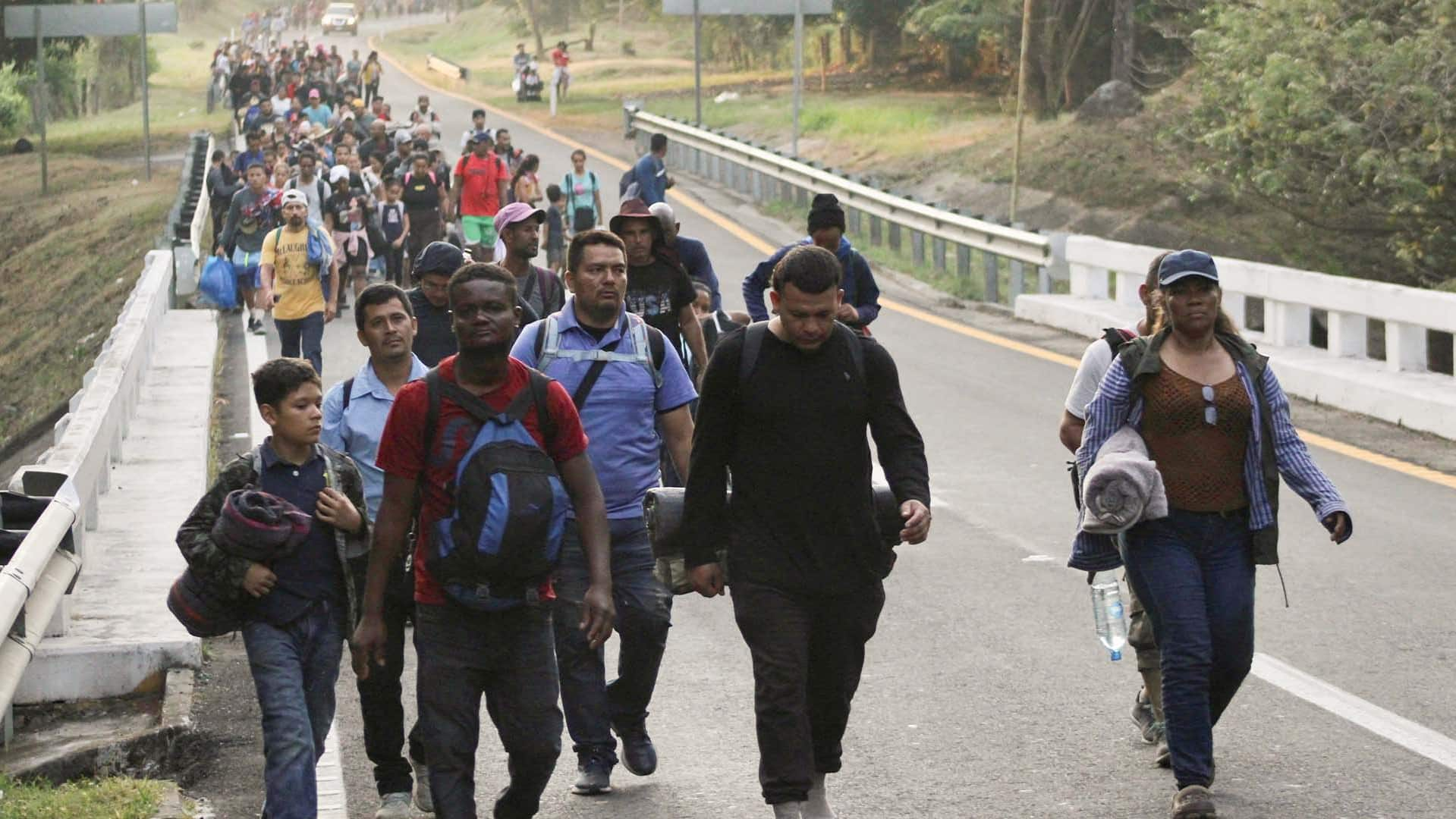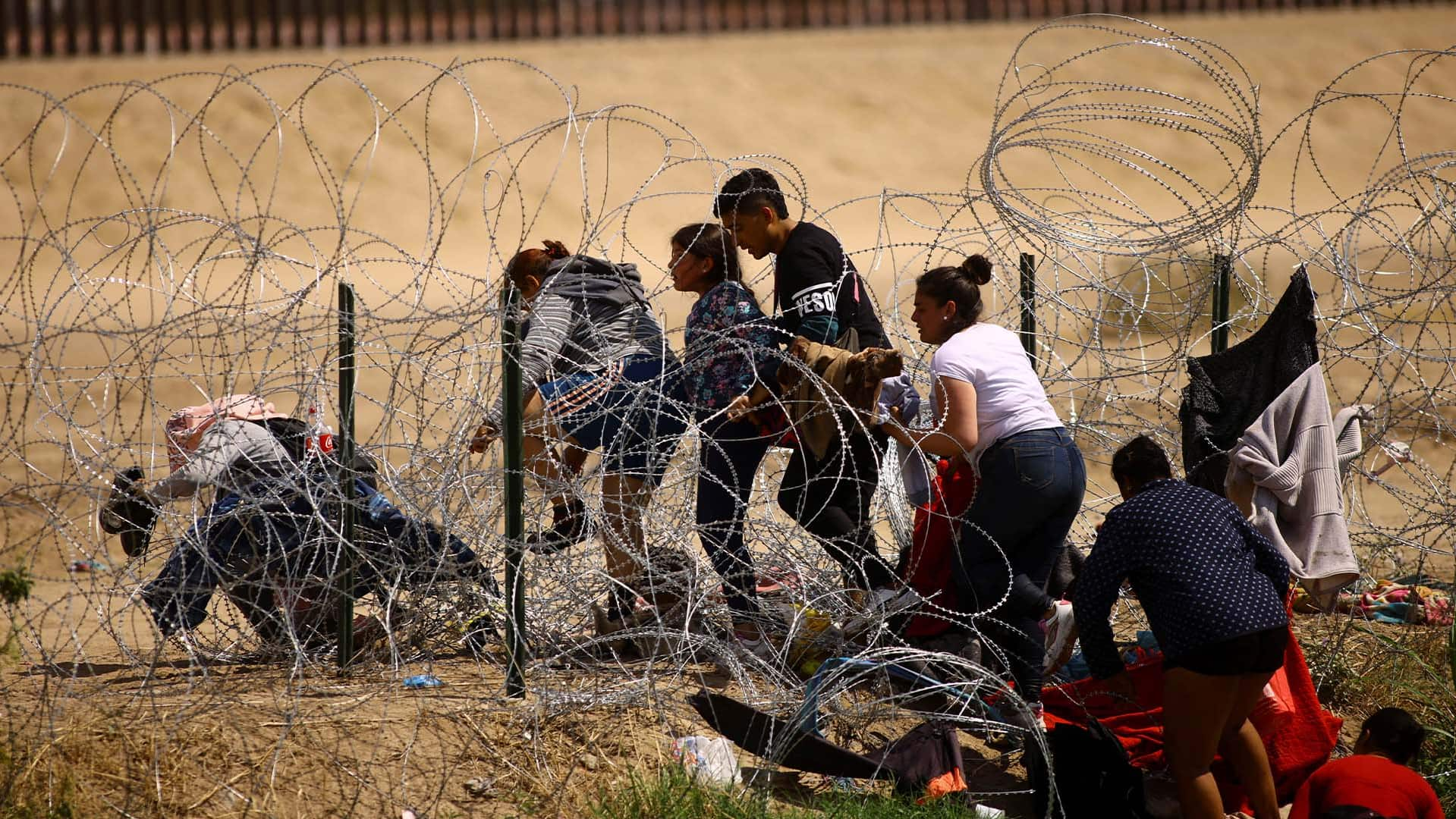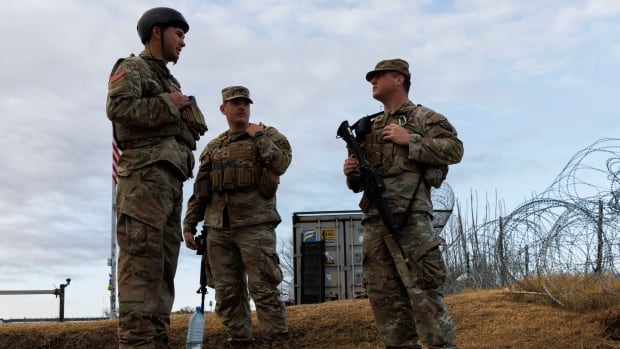
U.S. President Joe Biden has made some strong claims over the past few days about shutting down the U.S.-Mexico border as he tries to salvage a border deal in Congress that would also unlock money for Ukraine.
The deal had been in the works for months and seemed to be nearing completion in the Senate before it began to fall apart, largely because Republican presidential front-runner Donald Trump doesn’t want it to happen.
“A bipartisan bill would be good for America and help fix our broken immigration system and allow speedy access for those who deserve to be here, and Congress needs to get it done,” Biden said over the weekend.
“It’ll also give me as president the emergency authority to shut down the border until it could get back under control. If that bill were the law today, I’d shut down the border right now and fix it quickly.”
Here’s what you need to know about Biden’s tough talk and the political and policy considerations at play.
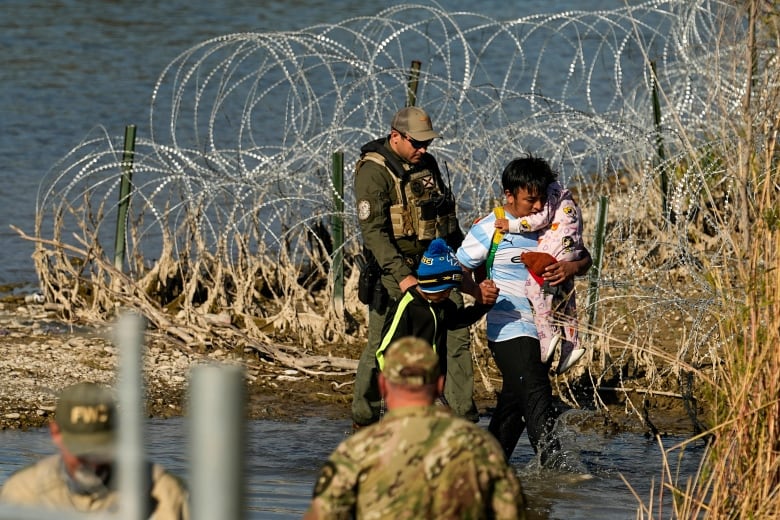
Why is Biden talking tough about the border?
Biden wants continued funding for Ukraine in the face of Russia’s invasion in February 2022. Senate Republicans had initially said they would not consider more money for Kyiv unless it was combined with a deal to manage the country’s southern border.
As the talks have progressed, Biden has come to embrace efforts to reach a bipartisan border security deal after years of gridlock on overhauling the immigration system.
But his statement that he would shut down the border “right now” if Congress passed the proposed deal is more about politics than policy.
He is seeking to disarm criticism of his handling of migration at the border as immigration becomes a growing matter of concern to Americans in the lead-up to the presidential election.
Senior U.S. officials, including Secretary of State Antony Blinken, delivered a wish list of measures they would like Mexico to employ to address the thousands of migrants crossing into the United States every day.
Could the U.S.-Mexico border actually shut down?
No. Trade would continue, and people who are citizens and legal residents could continue to go back and forth.
Biden is referring to an expulsion authority being negotiated by lawmakers that would automatically kick in on days when irregular border crossings reached more than 5,000 over a five-day average across the southern border, which is currently seeing as many as 10,000 crossings per day.
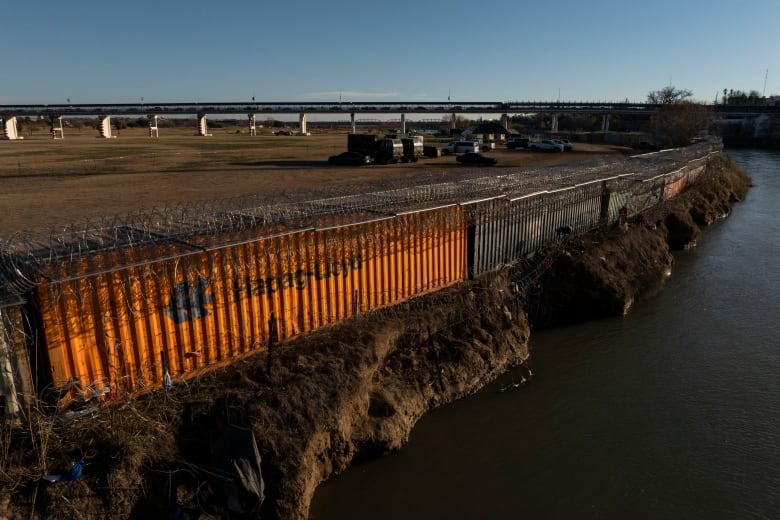
The authority shuts down asylum screenings for those who make irregular border crossings.
Migrants could still apply at ports of entry until crossings dipped below 3,750 per day.
But these are estimates, and the final tally hasn’t been ironed out.
There’s also an effort to change the processing of asylum cases, which can take several years to resolve.
Eagle Pass, Texas, declared a state of emergency after it was overwhelmed by thousands of people who illegally crossed the border from Mexico.
What happened when Trump made a similar threat?
Trump vowed to “shut down” the U.S-Mexico border entirely — including to trade and traffic — in an effort to force Mexico to do more to stem the flow of migrants.
He didn’t follow through, though.
But the talk was heavily criticized by Democrats, who said it was draconian and xenophobic.
The closest Trump came was during the COVID-19 pandemic, when he used emergency authorities to severely limit asylum. But trade and traffic still continued.
Does Biden have authority to shut down the border?
House Speaker Mike Johnson, a Trump ally and critic of the proposed deal, has argued that presidents already have enough authority to stop irregular border crossings.
Biden could, in theory, strongly limit asylum claims and restrict crossings, but the effort would almost certainly be challenged in court and would be far more likely to be blocked or curtailed dramatically without a congressional law backing the new changes.
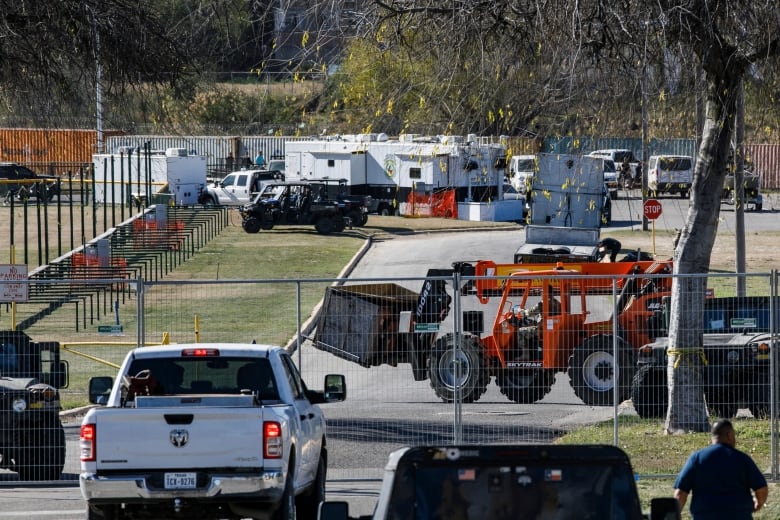
What immigration policies has Biden already made?
Biden’s embrace of the congressional framework points to how the administration’s efforts to enact a broader immigration overhaul have been stymied.
On his first day in office, Biden sent a comprehensive immigration proposal to Congress and signed more executive orders than Trump.
Since then, he has taken more than 500 executive actions, according to a tally by the non-partisan Migration Policy Institute.
His administration’s approach has been to pair new humanitarian pathways for migrants with a crackdown at the border in an effort to discourage migrants from making the dangerous journey to the U.S.-Mexico border on foot and instead travel by plane with a sponsor.
Some policies have been successful, but the number of crossings has continued to rise.
A fight over border security measures has left more aid to Ukraine hanging in the balance. Andrew Chang explains what’s behind this Senate deadlock and what it could mean for Ukraine’s future.
